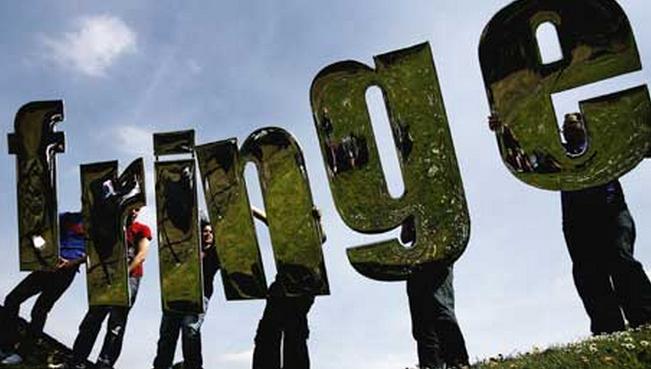Rory Edgington fights through the crowds at the Edinburgh Festival Fringe and questions whether it’s all that it used to be.
Fighting up a normally only moderately busy street, shoulders colliding like debris in an asteroid field, I can feel my temper boil. This probably isn’t helped by the fact that even in this freakishly hot Edinburgh weather I insist on wearing my leather jacket. However, the thing has become an epi-epidermis and all I know is that on a formerly leisurely walk I can no longer read my magazine without feeling like a salmon whose tom-tom isn’t working. But a shoal of this size, this multiplicity, and this propensity for the bovine can mean only one thing – it’s time for the Edinburgh Festival Fringe.
As I continue to force my way headlong against the polloi, like an ersatz individualist hero, I ask myself one of those beautifully simple questions which materialise in moments of frustration; how is this a fringe festival? That isn’t me being facetious. Since its inception in 1947 as a demotic alternative to the Edinburgh International Festival, the antagonist has long overshadowed the protagonist, becoming the largest festival in the world; ticket sales peaked in 2011 at £1.8 million.
Once again, it seems counter-culture has been netted, gutted and served to gluttonous consumers in mainstream form. Sometimes I wonder whether the festival is now simply a mass-participation equivalent of the modern hippy, using the aegis of ‘subversion’ as an excuse not to wash and be self indulgent (which is fine – just don’t claim your hygiene preferences are political or environmental when the French have made a far greater impact with the bidet.) But is this really the case?
True, the festival isn’t the same act of rebellion it used to be, now more regulated that the Queen’s lavatory. And true, a lot of the performers that come here use the Fringe as a warm-up for their multi-million pound UK tours. But it’s also true that a lot come to Edinburgh because, for economic, political or various other reasons, it’s the only place they can showcase their art. You can look to the events in the middle-east and say that’s where a real stand is being made. You could even drag out the old repressive tolerance argument whereby we can happily think we live in a democracy, all the evidence to the contrary, simply because we’re ‘allowed’ see and do these things. However, the fact remains that the Fringe can still be a chink in the wall through which we can see the light, a bastion of freedom of expression. It just needs the performers to perform and the audiences to audit. And who knows, we might eventually get to the place we want – even with these crowds.
